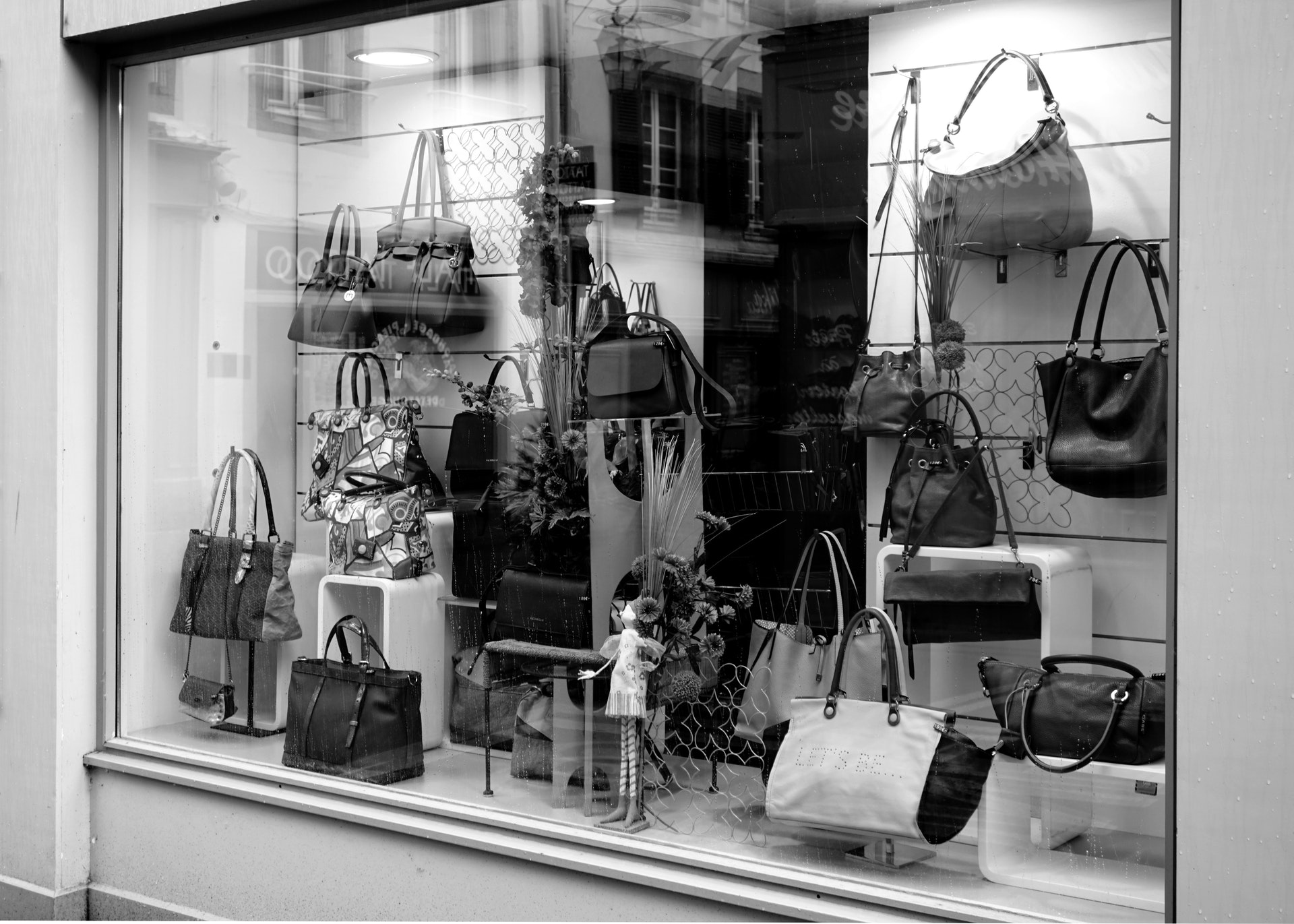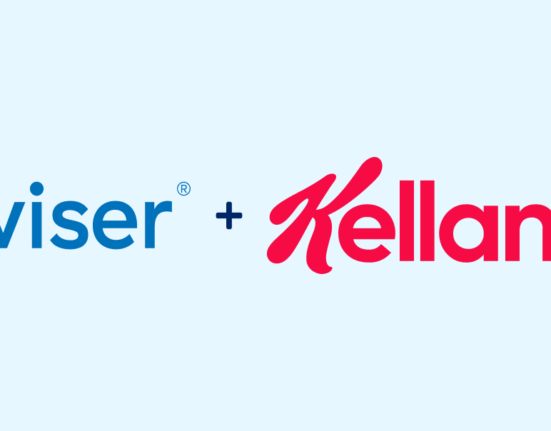For too long, brands have had to guess whether or not their in-store display and merchandising investments were actually driving revenue. Displays are part of the standard merchandising playbook, but expensive and time-consuming to execute properly. They must be designed, manufactured, and then distributed to retail locations.
Merchandising displays are a common tactic that can be tricky to optimize (with the many variables involved) and attribute lift to. But since everyone is doing it, it is a tactic that can’t be ignored. Do these merchandising displays return the investment brands pour into them? How well do they work? How should brands budget for them? Should we even be doing them at all?
Before we go forward, let’s start with the basics: The purpose of a display is to:
- Increase Frequency: Incentivize current customers to buy your product more often, perhaps by giving them a new reason (price, some new characteristic, or the convenience of the display).
- Gain Market Share: Get customers who buy from your category, but not your product, to switch to your product.
- Trial to Increase Market Size: Get customers who don’t purchase from your category to try your product.
Most display programs probably combine all three goals to some extent, but the end result should be that the all-in amount spent on merchandising is an investment that results in increased revenue.

How many brands are actually looking at this return? Probably some are at a very high level: gross merchandising budget vs. attributable sales (maybe). And then the budget is renewed for next year based on sales forecasts for the year.
Getting Serious About Merchandising Investments
The world of retail has shifted, and brands can no longer afford to be quite so cavalier in their budgeting. According to MarketWatch, as recently as the 1990s, grocery stores carried 7000 different products. Today, that number is over 40,000. According to the Brewers Association, overall beer sales in the US shrank by 1.2% (on a $111.4 billion market), yet over 800 new breweries opened in the US in 2017. And in the world of consumer electronics, product innovation is forcing retailers to add entire new departments to their stores. In the face of this disruption, successful brands will have to re-tool their merchandising investments.
So how exactly does one see better return on in-store merchandising? If I knew the exact answer, it would certainly carry a hefty price tag that brands would be more than happy to pay. I don’t, of course, have the precise magic bullet, because it doesn’t exist. So much depends on your market, your strategy, and your customers. But I do know that you can’t rely solely on syndicated sales data to create a unique, winning merchandising strategy. Successful brands blend this data with their own unique mix of pre-sales data that incorporates other criteria to help a brand see what was really happening in the store with their display. Sales data is part of the answer, but it must be combined with higher fidelity data to yield the kind of insights that will move the needle.
The Questions and Characteristics Brands Need to Address
Quality of the actual display executions:
- Was it properly set up?
- Was it in the right spot in the store?
- When was supposed to be set up?
- Was it properly maintained and stocked for the duration of the promotion?

Competitive products present:
- What competitors are present in this store, and how much share of shelf/store do they have?
- What other displays were set up in the store? — Even if not direct competitors, these displays are competing for your customer’s attention and budget.
Store Characteristics:
- Type of store, size, category
- Customer demographics
- Overall store volume
If you combine these questions with a healthy dose of curiosity, commitment to improvement, and find a way to gather this data by asking proprietary questions, it is possible to get your merchandising budget in-sync and drive sales.
Brands that can blend these categories with sales data will gather insights that help them drive their business. Maybe the results show that focusing merchandising budgets on battleground stores where they have a low share of sales effectively spurs revenue. Or maybe the opposite is true — loyal customers will buy more frequently when displays remind them to do so.

How Data Shows ROI of Merchandising Investments
The insights will be different for each brand and should ladder up to the overall strategy. But without gathering more data on the actual executions, modeling the data, looking for insights, and developing unique and actionable KPIs, and then applying that knowledge to future promotions, brands will be stuck in the same old cycle — blindly spending dollars and time on a necessary, but unfocused and expensive tactic, just because it is in the standard playbook.
And if you are looking for an industry where the standard playbook is being shredded, look no further than retail. The modern era of retail requires brands to take a cold hard look at their merchandising investments with the help of crowdsourced data. There is no single magic metric to determine the success of every facet of your in-store performance, but in aggregate, you can get an accurate view of what is happening at the store level.














